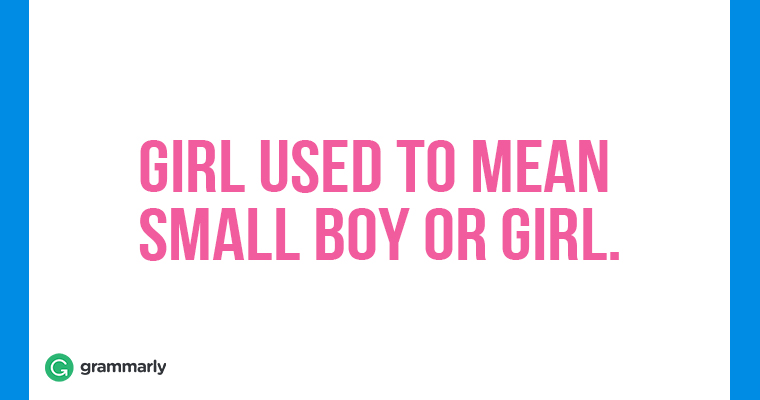Here is what you want to know about apple factoflife. People love to eat apple everytimes but maybe you eat that in wrong way. Let's find out what is that.
Why can one bad apple spoil the bunch?
The obvious way that one bad apple spoils the bunch can happen is simply if one of theapples is infested with some fungi or critters that reproduce and spread throughout all the apples in a box, ruining them as they go.
The less obvious, but perhaps even more common, way this can happen has to do with a hydrocarbon chemical known as ethylene. Ethylene is a hormone produced and released into the air by most plants, including from the fruit of certain plants, such as apples, bananas, pears, etc.
The “bad” apple is usually one that is wounded in some way or is otherwise overripe. As a consequence to the wound on the apple, or if it’s just already very ripe, the apple in question will give off significantly more ethylene than normal. That ethylene accelerates the ripening process in the apples around it, which causes them to give off more ethylene, further accelerating the ripening process in all the apples in the box. In very short order, the entire box of apples will be overripe and eventually unpalatable for eating.
Find some funny jokes of apple.
What to do with one "bad" apple?
Humans have actually been using ethylene to control ripening processes since before we knew about the hormone.
Today, ethylene is popularly used by banana distributors to partially ripen the fruit before the final distribution to stores. Bananas are picked when they are quite green and hard. They are shipped this way to allow them to be in transit for longer periods, as well as reduce the chances of bruising during transport. Once they are at the local distribution warehouses, they are often exposed to ethylene gas in a closed chamber for 24-48 hours to drastically accelerate the ripening process, making them ready for store shelves.
Check out more topic teams, players, coaches,...




















